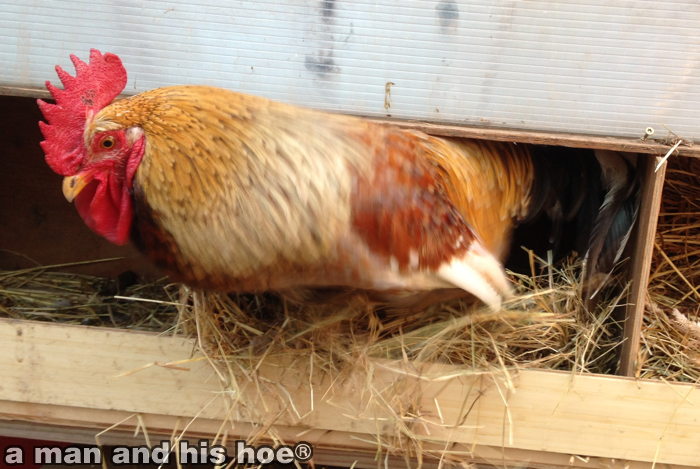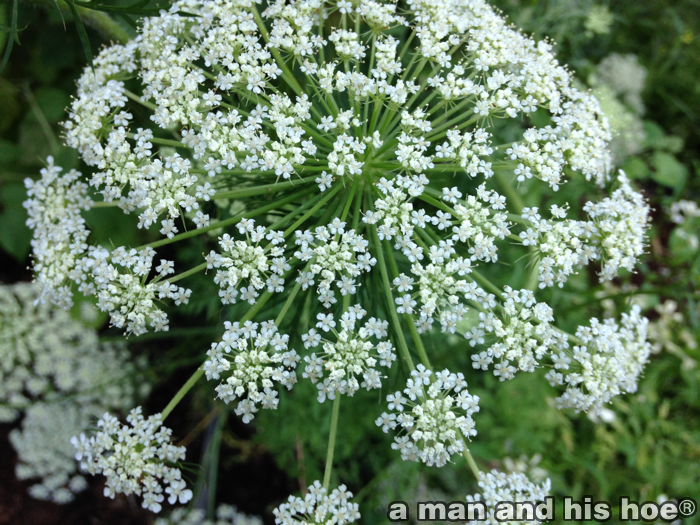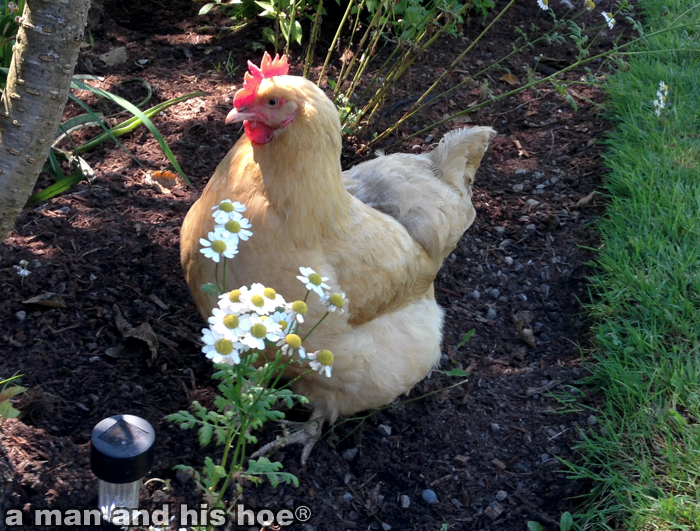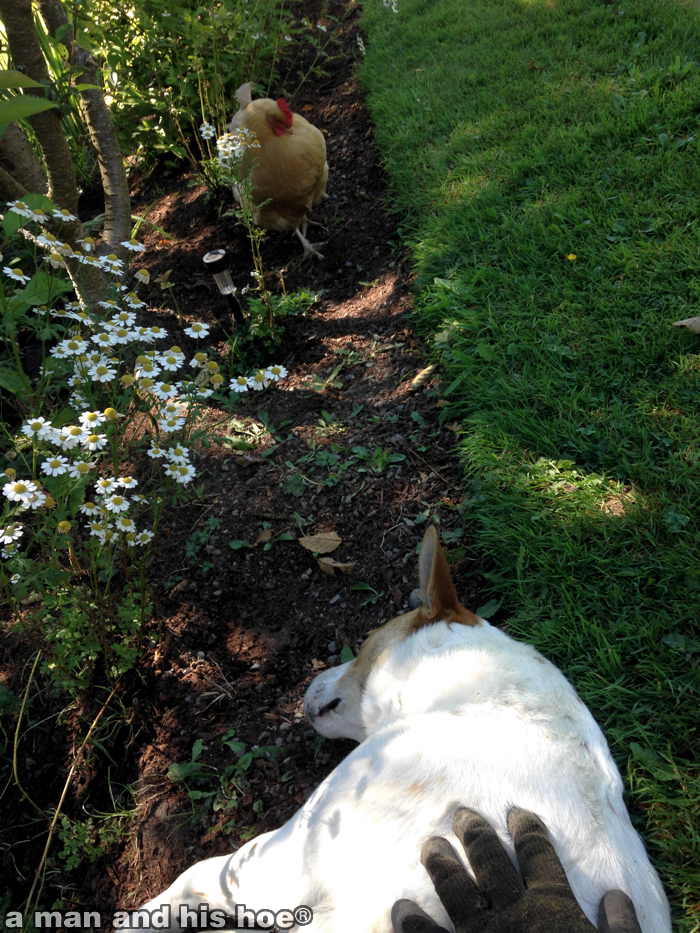Your cart is currently empty!
Why Don’t We Know This?
I read an article by Denise Grady in the New York Times titled The Mysterious Tree of a Newborn’s Life – The Push to Understand the Placenta. In the article she writes:
Dr. Fisher and other researchers have studied the placenta for decades, but she said: “Compared to what we should know, we know almost nothing. It’s a place where I think we could make real medical breakthroughs that I think would be of enormous importance to women and children and families.”
The National Institute of Child Health and Human Development calls the placenta “the least understood human organ and arguably one of the more important, not only for the health of a woman and her fetus during pregnancy but also for the lifelong health of both.”
Reading the article, I was surprised to learn that doctors and scientists have so much more to learn how the placenta forms and develops and how it interacts with the mother’s body. As the placenta plays such a vital role in the development of every human, I would have thought that by now, such an important organ would have been extensively studied.
What is amazing about the placenta is that it is created from the embryo’s cells, not the mothers. Cells called trophoblast cells form the outer lining of the embryo. These trophoblast cells bury into the mother’s uterine lining and begin the process of creating the placenta in which the embryo will develop. In a way, they act a lot like cancer cells.
It’s a fascinating article.
There are plenty of mysteries here at a man and his hoe® to ponder as well. One of them is why the roosters periodically settle in one of the laying nests like a hen laying an egg. Sometimes they will even cluck like a hen after she’s laid an egg. I’ve read that some think they do this to let hens know they’ve found a good place to lay eggs. I’m not so sure about that. They usually do this in nests the hens are already using. It may be that a hen they like recently used the nest and they want to snuggle where she was sitting. This is Sven climbing out of a nest box after sitting in it for a while.

Why are carrot flowers so beautiful?


Why do dogs need so much love? Where does all this love come from? BB, the dog in the picture, follows me everywhere. If I am working in a field, he wants to stay nearby. He doesn’t love me enough to help me with the weeding. Just enough to keep me company. But I’m OK with that.

Comments
3 responses to “Why Don’t We Know This?”
-
My drakes a lot of effort into finding a nest for the hens, usually in vain as they will find their own spot. Usually a safer location. I do have a drake who sits next to his mate the entire time she is roosting, and will occasionally sit on the eggs when she leaves the nest. I wish I had a rooster for my ladies, but we can’t in the city. We can have dogs that bark all day and night, but not roosters.
-
That’s interesting. In the wild, ducks pair off and so it makes sense that a drake would be more involved with nesting. It’s hard to imagine living without the occasional rooster crow. Four years ago when Billy was just the only rooster, if I didn’t hear him crowing early in the morning I would lie in bed wondering if I needed to go check to see if anything was wrong. Hearing him crow put me at ease.
-
Funny, I have a Blue Swedish hen who makes more noise than most roosters. Two days ago I woke up panicked because it was 6:39 and I hadn’t been woken up yet by her quacking/yelling. Usually it’s 5am, when she announces that she’s about to lay. Turns out, she’s made a nest under an old tarp behind the shed, and of course, it’s where the 2 drakes have been encouraging her to go. Lemme know if you’d ever like to get into ducks!
Leave a Reply
You must be logged in to post a comment.